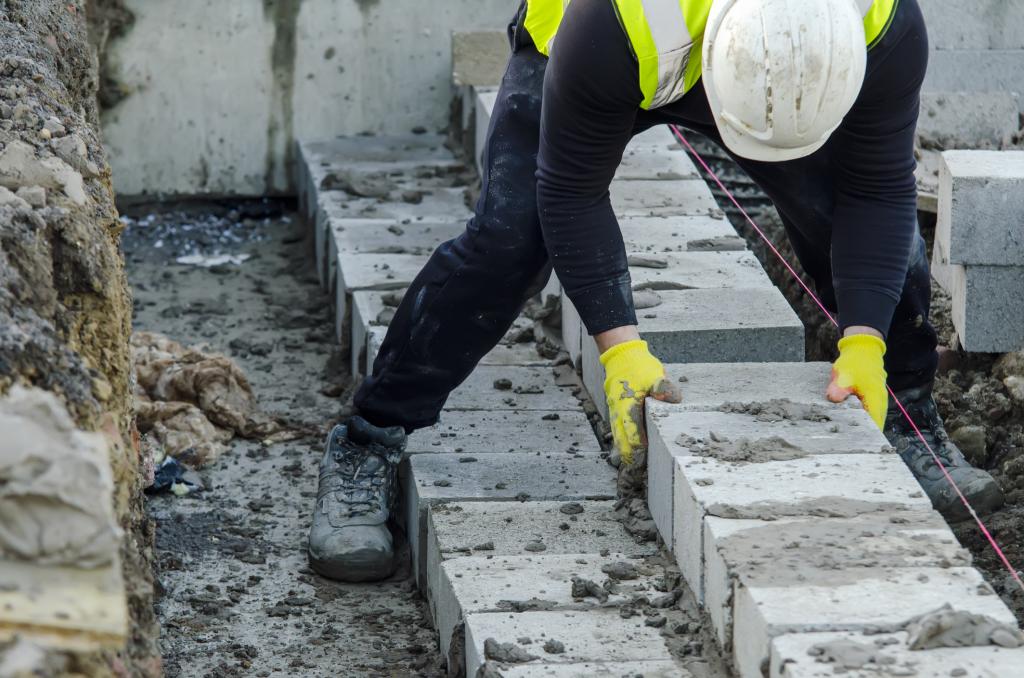
When developing your property portfolio, it may be tempting to focus solely on the property aspects of the business, and ignore the company elements. But the use of “Special Purpose Vehicle” (SPV) companies can bring multiple benefits to your business which are hard to introduce later on once you own multiple projects and sites.
What is an SPV?
An SPV is a “special purpose vehicle”. It’s a company incorporated for owning the assets and taking on the debts of a specific project or site.
The use of SPVs allows the creation of a group structure, where each project is siloed in a separate SPV, with each SPV being owned by the same umbrella company referred to as a “holding company”.
Below are three key benefits of incorporating SPVs for each project, compared to having multiple projects being owned by a single company.
Risk Management and Liability Protection
- Single company – As well as owning all of the assets for every project, it would also own the combined debts and liabilities for all your projects. Therefore if one project failed, creditors could claim against the assets of your other successful projects in order to get paid.
- SPVs – The assets and liabilities of each project are confined to each SPV. Due to the separate legal personality of each SPV, the assets of one SPV couldn’t be used to satisfy the debts of another SPV. SPVs can therefore ring fence and protect each of your projects.
Enhanced Investment Opportunities
- Single company – When looking to raise capital, you can offer shares in your company to strategic partners, but they would then effectively own a proportion of every project (even if they were only practically involved in specific projects).
- SPVs – You can grant shares to a strategic partner in a single SPV, meaning they only gain the benefit of any profits from that single project. It is therefore possible to team up with different partners for different projects.
Flexibility and Tax Efficiency when Selling Projects
- Single company – To sell a single project, you would have to transfer the land itself, and any contractual rights associated with the land, to the buyer. The buyer would likely incur SDLT, and there are a range of separate legal documents that would need to be drafted to ensure every part of the project was transferred to the buyer.
- SPVs – Although you could still sell the assets of a particular SPV, you have the alternative exit of selling the shares in the SPV to the buyer. Generally speaking, the buyer would incur stamp duty of 0.5% on the share transfer rather than incur SDLT, and because all assets and rights would remain in the SPV, you are only transferring one asset (the shares in the SPV) rather than multiple assets (though the buyer would still need to carry out due diligence on the SPV itself as well as the assets it owns).
Once your business has bought property and began developing it, it’s hard to start moving assets around to create a group structure without incurring tax charges. It’s therefore important to obtain specialist legal advice (as well as tax advice) regarding the use of SPVs from the outset, and the potential benefits they can bring you. Please contact our Commercial team at corporate@stephens-scown.co.uk to discuss anything raised in this article.
